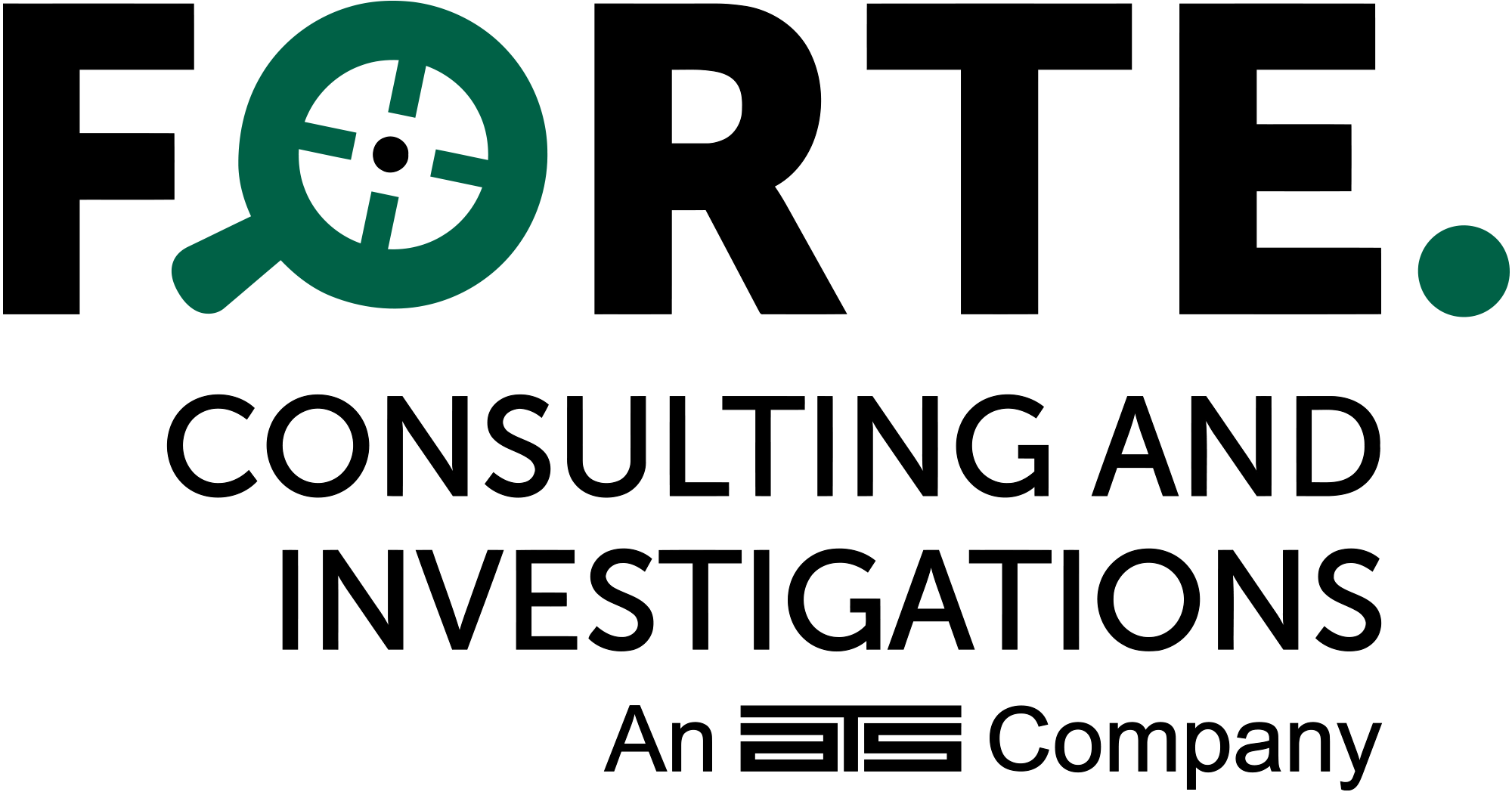Workplace safety can be improved when engineers, supervisors and employees participate in the development of safe procedures in construction and industrial activities. Our industrial safety expert and electrical engineer, Greg Miller, has conducted and trained job site management professionals to create and implement Job Hazard Analysis (JHA) and JHA guidelines. By developing a JHA, construction and plant professionals will identify potential job hazards within the work site before they occur and reduce the risk of accident, failure or injury. A JHA will help suggest methods for hazard control and outline the desired order of precedence for effective hazard control in each area of engineering, administrative and personal protective equipment controls.
Completing a JHA involves the following steps:
- Observe the job or task to be analyzed
- Identify potential hazards
- Prioritize identified hazards
- Implement hazard controls
There are three control methods used to eliminate or minimize the hazards, which should be implemented in the sequence below.
- Engineering Controls are intended to eliminate or reduce exposure to the hazard. This may include things such as: designing facilities/equipment to minimize the hazard, enclosing the hazard, isolating the hazard with interlocks, shields, guards, and removing or redirecting hazards such as exhaust ventilation, for example.
- Administrative Controls are changes in workplace procedures and generally include written safety policies and procedures, permits, warning signs, alarms and training.
- Personal Protective Equipment (PPE) is equipment worn to minimize exposure to hazards that may cause serious workplace injuries and illnesses. PPE is the last line of defense when engineering and administrative controls are not feasible.
The development of a JHA must involve employees since they perform and know the work. This process should also include reviewing the company’s accident, injury, illness history to determine which jobs pose the highest risk. A completed JHA is likely to result in fewer project construction and industry-related insurance claims, delays in completion and reduction of lost-time, worker injuries and illnesses. Quality management, through the use of JHAs, can mitigate the additional costs related to these preventable incidents.
